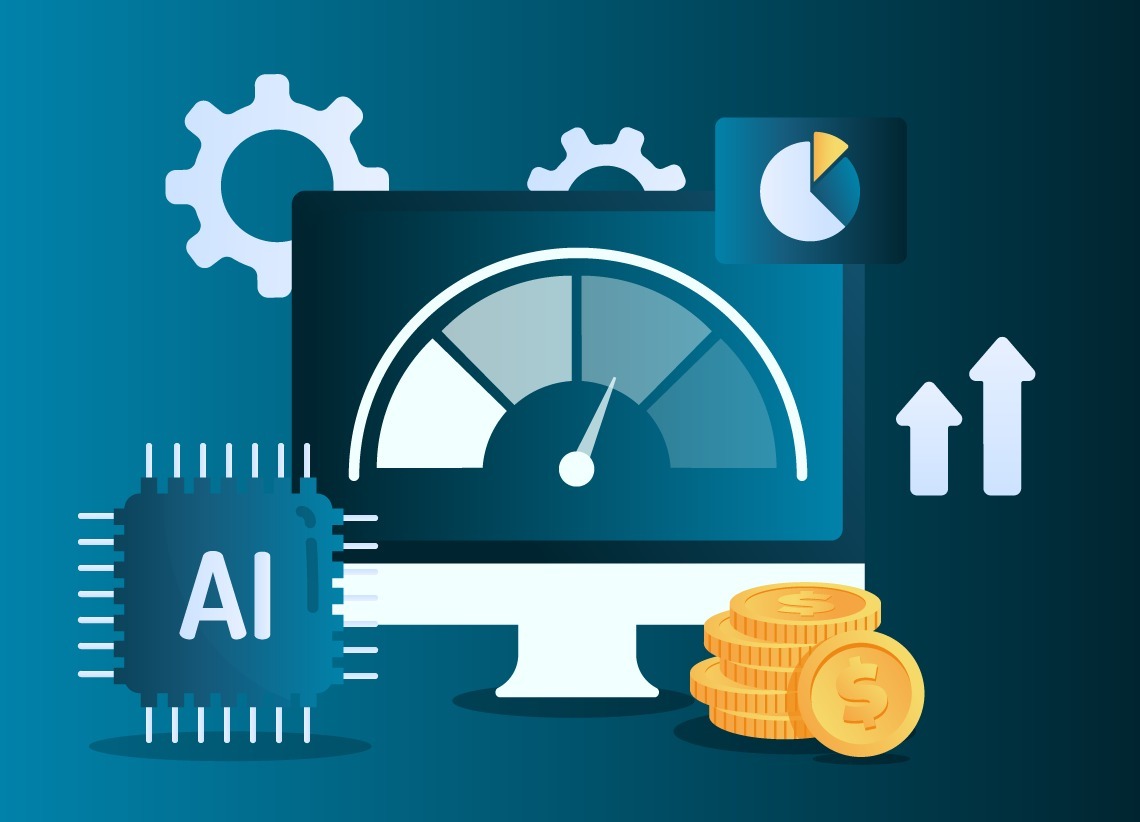In today’s digital world, capturing and maintaining user attention on websites is more challenging than ever. With rising competition and users expecting seamless, personalized experiences, businesses are turning to advanced technologies to stand out. One such technology revolutionizing online interaction is the AI bot for websites. At Workergen, we understand how integrating an AI bot can dramatically enhance user engagement, improve customer satisfaction, and ultimately drive business growth.
What Is an AI Bot for Websites?
An AI bot for websites is an intelligent software application designed to simulate human conversation with visitors. Using natural language processing (NLP) and machine learning algorithms, these bots can understand, interpret, and respond to user queries instantly. Unlike traditional chatbots that follow scripted paths, AI bots adapt their responses based on user input, delivering more relevant and dynamic interactions.
Types of AI Bots
- Rule-Based Bots: Operate on predefined scripts and keywords.
- AI-Powered Bots: Use machine learning to understand user intent and provide personalized responses.
- Hybrid Bots: Combine rules with AI learning to improve accuracy and efficiency.
Why User Engagement Matters
User engagement reflects how users interact with your website, such as the time spent, pages visited, and actions taken. Higher engagement typically correlates with better conversion rates and customer loyalty. However, engaging users effectively requires more than just good content; it demands interactive and personalized experiences.
How an AI Bot for Websites Improves User Engagement
1. Instant Responses to User Queries
One of the biggest frustrations visitors face is waiting for answers. An AI bot for websites provides immediate responses 24/7, ensuring users never leave without the information they need. This instant interaction keeps users engaged longer and encourages them to explore your site further.
2. Personalized User Experiences
AI bots analyze user behavior and preferences to tailor conversations and recommendations. By addressing individual needs, the AI bot for websites makes users feel valued, creating a deeper connection that enhances engagement and increases the likelihood of conversions.
3. Proactive Customer Support
Instead of waiting for users to ask questions, AI bots can initiate conversations based on triggers like time spent on a page or abandoned shopping carts. This proactive approach catches user attention at crucial moments, guiding them smoothly through their journey and reducing bounce rates.
4. Efficient Handling of Multiple Users
Unlike human agents who can manage only a limited number of interactions simultaneously, an AI bot for websites can engage thousands of users at once. This scalability ensures consistent, high-quality interactions, no matter how much traffic your site receives.
5. Seamless Integration with Other Tools
AI bots can be integrated with CRM systems, analytics platforms, and marketing automation tools. This integration enables a holistic view of customer interactions, allowing you to fine-tune engagement strategies based on data-driven insights.
Key Features to Look for in an AI Bot for Websites
Natural Language Processing (NLP)
The AI bot must understand and process user inputs in natural language to facilitate smooth conversations without robotic or scripted replies.
Multi-Channel Support
Engaging users through multiple channels—web, mobile apps, social media—ensures a consistent experience regardless of how users interact with your brand.
Analytics and Reporting
Comprehensive analytics help monitor bot performance, user satisfaction, and engagement metrics, enabling continuous improvement.
Customizability and Branding
The bot should be customizable to match your website’s tone, style, and branding, making interactions feel authentic and aligned with your business identity.
Use Cases of AI Bots for Websites Across Industries
E-Commerce
AI bots can recommend products based on browsing history, answer product-related questions, and assist in the checkout process, significantly enhancing the shopping experience.
Healthcare
AI bots can schedule appointments, provide information about symptoms, and offer health tips, improving patient engagement and accessibility.
Banking and Finance
AI bots help customers with account inquiries, transaction history, and fraud detection alerts, offering timely support and building trust.
Education
From answering course-related queries to guiding admissions processes, AI bots make educational platforms more user-friendly and interactive.
Best Practices to Maximize AI Bot Effectiveness
Train the Bot Regularly
Continuous training using real user conversations ensures the AI bot for websites remains accurate, relevant, and capable of handling new scenarios.
Balance Automation and Human Support
While AI bots handle routine queries, provide seamless escalation to human agents for complex issues, maintaining a high-quality user experience.
Use Clear and Friendly Language
A conversational tone helps the AI bot engage users naturally, reducing frustration and increasing satisfaction.
Monitor and Optimize
Use analytics to identify drop-offs, misunderstandings, or repetitive questions, and update the bot’s knowledge base accordingly.
Common Challenges and How to Overcome Them
Misunderstanding User Intent
Even advanced AI bots sometimes fail to interpret complex queries correctly. To mitigate this, implement fallback options and offer alternative phrasing suggestions.
Privacy and Data Security Concerns
Users value their privacy. Ensure your AI bot complies with data protection regulations and clearly communicates how user data is handled.
Over-Reliance on Automation
Avoid making the bot the sole interaction point. Combining AI bots with human support channels balances efficiency with empathy.
Future Trends in AI Bots for Websites
- Voice-Enabled AI Bots: Allowing users to interact through voice commands for more accessible engagement.
- Emotion Recognition: Bots detecting user sentiment to respond with empathy and appropriate tone.
- Hyper-Personalization: Leveraging AI to provide ultra-customized experiences based on extensive user data.
- Integration with AR/VR: Enhancing engagement through immersive, interactive environments powered by AI bots.
Conclusion
Implementing an AI bot for websites is no longer a luxury but a necessity for businesses aiming to elevate user engagement in a competitive digital landscape. From providing instant, personalized support to managing large volumes of users seamlessly, AI bots transform how visitors interact with websites. By choosing the right AI bot for your website and following best practices, you can build meaningful connections, improve satisfaction, and drive growth. At Workergen, we believe that embracing AI technology will define the future of user engagement—and your website can be at the forefront of this evolution.
Ask ChatGPT
